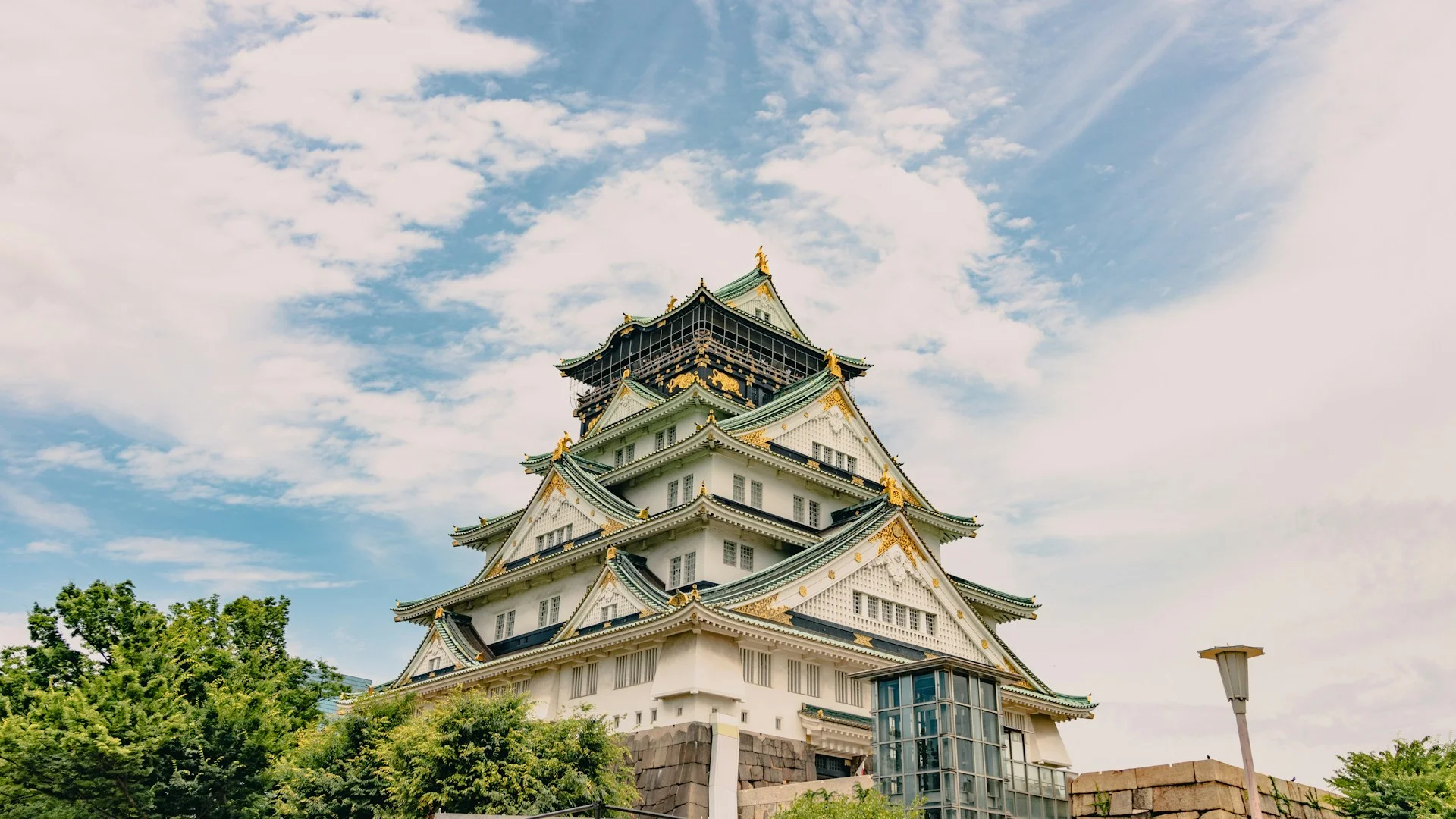
Climbing Gyms in Osaka - 17 Gyms for Avid Climbers
Osaka's top bouldering & climbing gyms. Compare pricing, facilities, and English support.
Gym Directory
Places to climb in Osaka
Each listing includes pricing, amenities, and language support details gathered from locals and recent visitors
No gyms match your filters.
Local Insights
Osaka is Japan's energetic, food-obsessed heart, a city that's loud, proud, and incredibly fun. Known as the 'Nation's Kitchen,' this is where you come to eat until you drop in the neon-lit chaos of Dotonbori. Between climbing sessions, you can explore the immense Osaka Castle, get lost in sprawling shopping arcades, or check out the retro-futuristic Shinsekai district. The contrast between a quiet day on the rock and the vibrant, welcoming energy of Osaka's streets is what makes a trip here so memorable.
Osaka area overview
Osaka has a humid subtropical climate with four distinct seasons. Summers get seriously hot and humid, with a rainy season from June to July, while winters are cold but generally mild with little snow. Spring and autumn are the real winners, offering pleasant temperatures and beautiful scenery.
Best Climbing Seasons
For climbers and anyone who loves the outdoors, spring (March-May) and autumn (October-November) are the best times to visit. The weather is comfortable and dry, perfect for a day at the crag or just exploring the city without sweating through your shirt. Summer is oppressively humid and winter can be quite chilly, so stick to the shoulder seasons if you can.
Local Food Scene
Osaka is known as 'Japan's Kitchen' for a reason, and the city lives by the motto 'kuidaore' - eat till you drop. You have to try the local 'konamono' (flour-based dishes) like takoyaki (octopus balls) and okonomiyaki (savory pancake), which are everywhere. For a more old-school vibe, head to the Shinsekai district for kushikatsu (deep-fried skewers). Don't miss exploring the endless food stalls in the Dotonbori area and the fresh seafood and wagyu at Kuromon Ichiba Market.
Post-Climbing Eats
After a tough session, you need something quick and filling, and Osaka delivers. Dive into a hearty bowl of ramen at one of the countless shops around the city. An izakaya is another great option for a casual meal and a cold beer. For something super fast and surprisingly good, Japanese convenience stores (konbini) are legendary for their quality onigiri, bento boxes, and noodle bowls that are perfect for a quick refuel.
Primary Transit Hubs
Shin-Osaka Station, Osaka Station, Umeda Station, Namba Station
Airport Transfers
Osaka is served by two main airports. Kansai International Airport (KIX) is the primary international gateway, located on a man-made island. From KIX, you can take the JR Haruka Limited Express to Tennoji and Shin-Osaka stations, or the Nankai Railway's Rapi:t express train to Namba Station. Airport limousine buses also offer direct routes to major hubs like Umeda and Namba. Itami Airport (ITM) handles mostly domestic flights and is closer to the city; the easiest transfer is via airport limousine bus, which takes about 30 minutes to Umeda.
Train Travel from Tokyo
Take the Tokaido Shinkansen from Tokyo Station or Shinagawa Station to Shin-Osaka Station. The fastest train, the Nozomi, takes approximately 2 hours and 30 minutes. The Hikari train, which is covered by the Japan Rail Pass, takes just under 3 hours.
Recommended Bases
Namba (Minami)
This is the place to be if you want to be in the heart of the action. Namba is Osaka's main entertainment, shopping, and nightlife district, putting you steps away from the famous Dotonbori canal, Kuromon Market, and endless food options. It's a major transit hub with Nankai, Kintetsu, JR, and subway lines, making it easy to get around the city and for day trips to Nara or Koyasan.
Example: Hiyori Hotel Osaka Namba Station
Umeda (Kita)
Umeda is Osaka's primary transportation hub, centered around the massive Osaka/Umeda Station complex. This makes it an unbeatable base for frequent day trips to Kyoto, Kobe, and Himeji. The area is a bustling business district with a more modern feel, packed with department stores, restaurants, and the Umeda Sky Building. It's incredibly convenient and well-connected.
Example: Hotel Intergate Osaka Umeda
For post-climbing recovery, check out Osaka's local sento (public baths), many of which are tattoo-friendly. Places like Utopia Shiratama Onsen or Healthy Onsen Tateba (near Namba) welcome tattoos and offer a classic neighborhood bathhouse experience. For a larger, more modern facility, Solaniwa Onsen in the Bay Area allows entry if tattoos are covered with their specific stickers. They also offer private onsen rooms for rent, which is a great option for a guaranteed, stress-free soak. Be aware that Spa World, another large facility, strictly prohibits tattoos.
Osaka is packed with incredible sights perfect for rest days. A must-see is the magnificent Osaka Castle, where you can explore the historic grounds and museum. For a taste of the city's vibrant energy, dive into the neon-lit streets of Dotonbori, famous for its giant food signs and endless eateries. You can also visit Shitennoji, one of Japan's oldest temples, for a dose of culture, or head to the Umeda Sky Building for breathtaking 360-degree views from its Floating Garden Observatory. For a unique foodie adventure, wander through Kuromon Ichiba Market, and don't miss the retro atmosphere of the Shinsekai district, home to the iconic Tsutenkaku Tower.
